FALL 2011
ANTHROPOLOGY
3125-1;6125-1
MIDDLE EAST 4880
SILK ROAD: PAST AND PRESENT
(3 credit hours; meets IR and BF requirements; no pre- or co-requisites)


COURSE OUTLINE
WEEK # 1 - August 22, 2011
|
Eurasia: defining the people. Genetics. Readings for Week # 2: Renfrew, Colin: Genetics and Language in Contemporary Archaeology. In Archaeology: The Widening Debate. Barry Cunliffe, Wendy Davies & Colin Renrew, eds., Oxford University Press. 2002. Pp. 43-76. Zerjal, Tatiana et al: The Genetic Legacy of the Mongols. In American Journal of Human Genetics. 2003. March 72 (3). Pp. 717-721. http://www.pubmedcentral.nih.gov/articlerender.fcgi?artid=1180246 An excellent website on the National Geographic Genographic Project: https://www3.nationalgeographic.com/genographic/ |
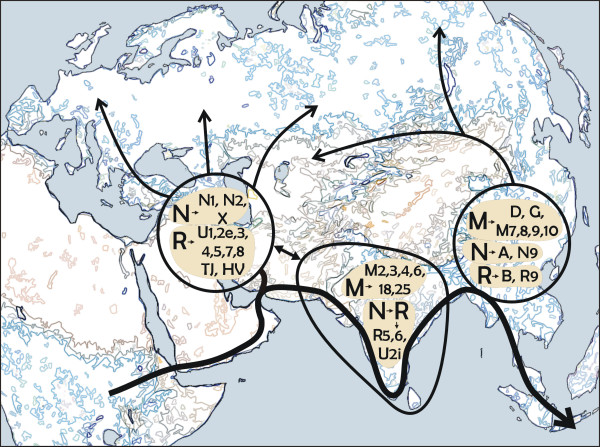 |
Eurasia: defining the people. Languages and scripts. Readings for Week 3: For understanding of importance and principles underlying writing see: For basic information about and lists of different language groups used in Eurasia browse through For basic information about various scripts, etc., see: http://www.ancientscripts.com For classification of and bibliography on different languages see: |
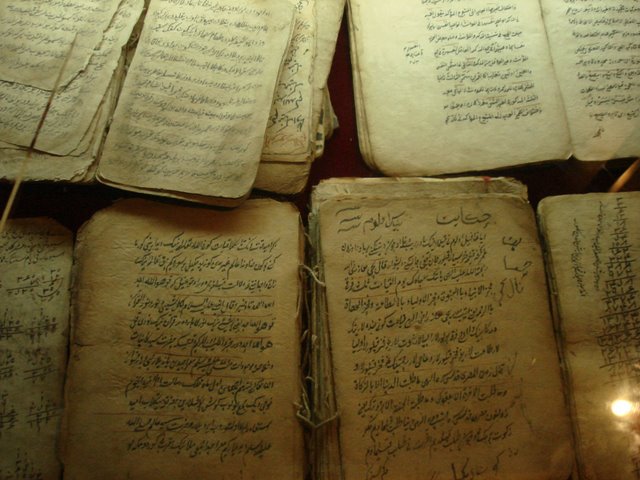 |
|
Eurasia: defining the time. Connecting points in the history of the region (Europe, the Middle East, Central Asia, Mongolia, and China). Readings for Week 4: For an interesting timeline of the world history see: http://www.fsmitha.com/timeline.html |
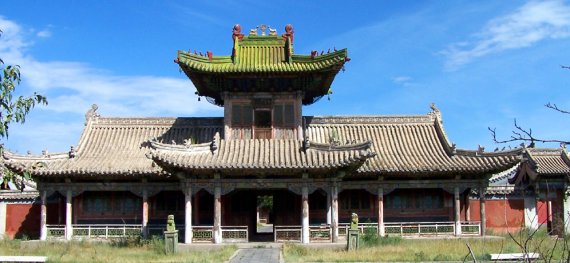 |
|
Odds and ends: review of the material for the first exam.
 |
TAKE-HOME EXAM!!! to be turned in on October 3, 2011 |
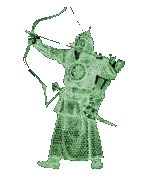 |
Defining nomadism: different land, different forms of nomadism. Readings for Week 6: Castillo, Jorge Silva: Nomadism through the ages. In A Companion to the Ancient Near East. Daniel C. Snell ed. Malden MA: Blackwell. 2005. Pp. 126-140. Renfrew, Colin: Pastoralism and Interaction: Some Introductory Questions. In Ancient Interactions: East and West in Eurasia. Katie Boyle, Colin Renfrew & Marsha Levine, eds. McDonald Institute for Archaeological Research. Cambridge. 2002. Pp. 1-9. |
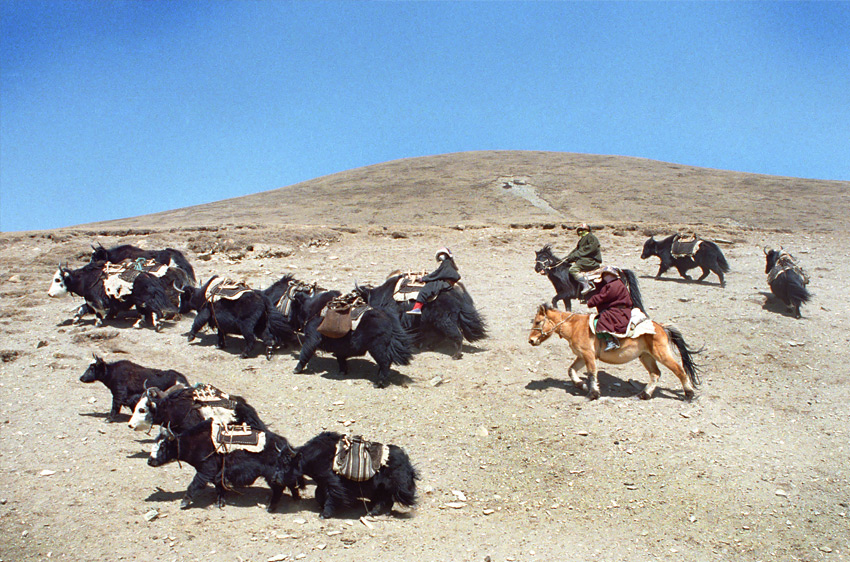 |
The Indo-European mystery: in search of the homeland and its people. From the East to the West or…? Readings for Weeks 7: Rolle, Renate: Royal Tombs and Hill Fortress: New Perspectives on Scythian Life. In The Golden Deer of Eurasia. Perspectives on the Steppe Nomdas of the Ancient World. Joan Aruz, Ann Farkas, and Elizabetta Valtz Fino, eds. The Metropolitan Museum of Art: New York. 2006. Pp. 168-181. Wayland-Barber, Elizabeth: I. Mystery Mummies (pp. 17-21). 2. A Man with Ten Hast (pp. 22-45). 3. Plus Three Women and a Baby (pp. 46-69). In The Mummies of Ürümchi. W.W. Norton & Company: New York and London. 1999. |
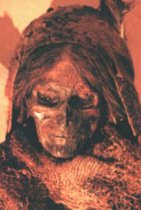 |
 |

| The Hsiung-nu and their impact on the rise of China Proper. The Silk Road.
Readings for Weeks 9: Boulnois, Luce: Ch.1. Serica (pp. 33-45). Ch. 2. The Land of Silk. (pp. 47-58). In Silk Road. Monks, Warriors & Merchants on the Silk Road. W.W. Norton & Company, Inc.: New York. 2006. Chazan, Michael: Shang China. In “World Prehistory and Archaeology: Pathways through Time.” Pearson Education. 2008. Pp. 350-355. Di Cosmo, Nicola. Those Who Draw the Bow. The Rise of the Hsiung-nu Nomadic Empire and the Political Unification of the Nomads. In Ancient China and Its Enemies. The Rise of Nomadic Power in East Asian History. Cambridge University Press. 2002. Pp. 161-205. Franck, Irene M. & David M. Brownstone: On the Road. In The Silk Road: A History. Facts on File Publications: New York. 1986. Pp. 7-32. Check also: http://www.ess.uci.edu/~oliver/silk.html and http://www.chinaknowledge.de/History/Myth/shang.html |
|
The Silk Road -- continuation. Same principles, different people, and different commodities. Readings for Week 10: For an interesting story focusing on every day life along the Silk Road in the 9th century see: |
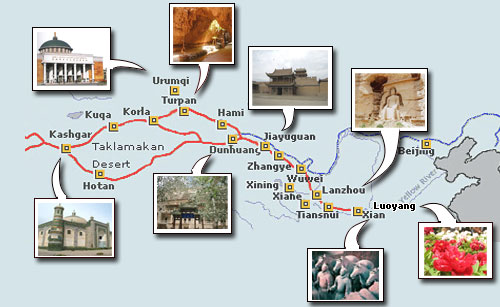 |
Odds and ends: review of the material for the second exam.
 |
TAKE-HOME EXAM!!! to be turned in on November 14, 2011 |
 |
The Altaic empires of the steppe. Challenging the “border” phenomenon. Part 1. Readings for Weeks 12 and 13: |
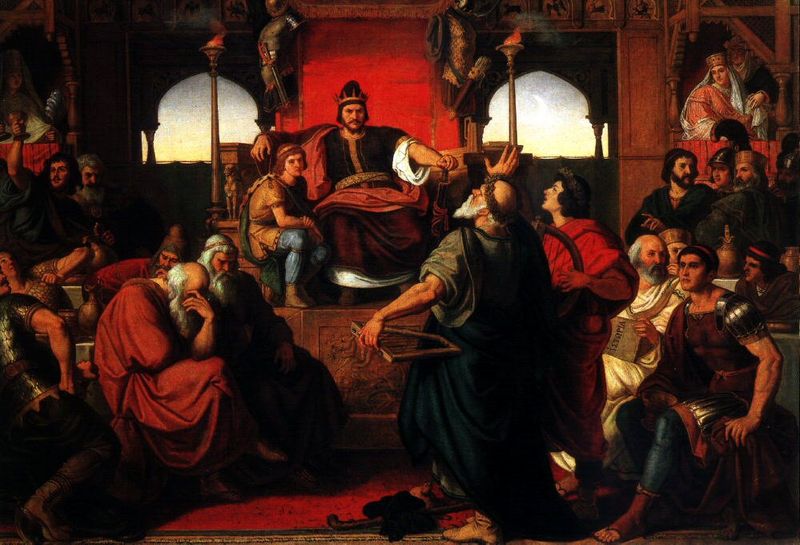 |
The Altaic empires of the steppe. Challenging the “border” phenomenon. Part 2. Readings for Week 13: see above. |
 |
Monotheism, henotheism, and polytheism of the Heartland. Ancient traditions and modern delivery. Readings for Weeks # 14: Frye, Richard N.: Zoroaster’s Cult. In The Heritage of Central Asia. From Antiquity to the Turkish Expansion. Markus Wiener Publishers: Princeton. 1998. Pp. 67-74. Rall, Ted: Karakoram Highway 1999 (pp. 117-138). Radicals, Repression & Revolution (pp.139 -162). Silk Road to Ruin. Is Central Asia the New Middle East? NBM. 2006.
|
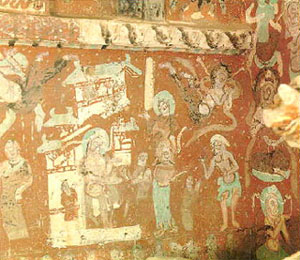 |
The Russians are coming… The birth of communism and secularism. Readings for Week # 15: Sicker, Martin: 1. Introduction: Imperialism under Czars and Commissars (pp. 1-18). 4. Expansion in Central Asia (pp. 58-71). 5. Expansion to the East (pp. 72-88). In The Strategy of Soviet Imperialism. Expansion in Eurasia. Praeger Publishers. New York. 1988. Last day for a draft of your research paper.
|
 |
 |
TAKE-HOME EXAM!!! part 1 to be turned in on December 12, 2011 |
 |
The future of the steppes: from nomads to a new Silicon Valley? The dreams and reality.
Readings for Week # 16:
Akçali, Pinar: III. Nation-State Building in Central Asia: A Lost Case? . In Central Eurasia in Global Politics. Conflicts, Security, and Development. Mehdi Parvizi Amineh & Henk Houweling, eds. Brill: Leiden Boston. 2005. Pp. 95-115.
Khazanov, A. M.: Nomads and the State. In Nomads and the Outside World. Cambridge University Press: Cambridge. 1984. Pp. 228-302.
Rall, Ted: I. Lenin Lives! (pp. 22-35). II. The Glory That is Turkmenbashi (pp. 37-56). In Silk Road to Ruin. Is Central Asia the New Middle East? NBM. 2006.
Sneath, David: The Rural and the Urban in Pastoral Mongolia. In Mongols. From Country to City. Floating Boundaries, Pastoralism, and City Life in the Mongol Lands. Ole Bruun and Li Narangoa, eds. NiAS Press. 2006. Pp. 140-161.
 |
TAKE-HOME EXAM!!! part 2 to be turned in on December 12, 2011 |
 |
|
 |
 |
Last day to turn in the last exam and your research paper!!! |
 |
 IMPORTANT!!!
IMPORTANT!!!
ADA Statement:
“The University of Utah seeks to provide equal access to its programs, services and activities for people with disabilities. If you will need accommodations in the class, reasonable prior notice needs to be given to the Center for Disability Services, 162 Union Building, 581-5020 (V/TDD). CDS will work with you and the instructor to make arrangements for accommodations.” (www.hr.utah.edu/oeo/ada/guide/faculty)
Faculty Responsibilities:
“All students are expected to maintain professional behavior in the classroom setting, according to the Student Code, spelled out in the Student Handbook. Students have specific rights in the classroom as detailed in Article III of the Code. The Code also specifies proscribed conduct (Article XI) that involves cheating on tests, plagiarism, and/or collusion, as well as fraud, theft, etc. Students should read the Code carefully and know they are responsible for the
content. According to Faculty Rules and Regulations, it is the faculty responsibility to enforce responsible classroom behaviors, and I will do so, beginning with verbal warnings and progressing to dismissal from and class and a failing grade. Students have the right to appeal such action to the Student Behavior Committee.” (www.admin.utah.edu/ppmanual/8/8-12-4.html)
ACADEMIC MISCONDUCT
Please familiarize yourself with the University of Utah CODE OF STUDENT RIGHTS AND RESPONSIBILITIES (“STUDENT CODE”) at www.admin.utah.edu/ppmanual//8/8-10.html
The following is an excerpt from this CODE explaining specific actions, which won’t be tolerated in this class.
“2. “Academic misconduct” includes, but is not limited to, cheating, misrepresenting one's work, inappropriately collaborating, plagiarism, and fabrication or falsification of information, as defined further below. It also includes facilitating academic misconduct by intentionally helping or attempting to help another to commit an act of academic misconduct.
a. “Cheating” involves the unauthorized possession or use of information, materials, notes, study aids, or other devices in any academic exercise, or the unauthorized communication with another person during such an exercise. Common examples of cheating include, but are not limited to, copying from another student's examination, submitting work for an in-class exam that has been prepared in advance, violating rules governing the administration of exams, having another person take an exam, altering one's work after the work has been returned and before resubmitting it, or violating any rules relating to academic conduct of a course or program.
b. Misrepresenting one's work includes, but is not limited to, representing material prepared by another as one's own work, or submitting the same work in more than one course without prior permission of both faculty members.
c. “Plagiarism” means the intentional unacknowledged use or incorporation of any other person's work in, or as a basis for, one's own work offered for academic consideration or credit or for public presentation. Plagiarism includes, but is not limited to, representing as one's own, without attribution, any other individual’s words, phrasing, ideas, sequence of ideas, information or any other mode or content of expression.
d. “Fabrication” or “falsification” includes reporting experiments or measurements or statistical analyses never performed; manipulating or altering data or other manifestations of research to achieve a desired result; falsifying or misrepresenting background information, credentials or other academically relevant information; or selective reporting, including the deliberate suppression of conflicting or unwanted data. It does not include honest error or honest differences in interpretations or judgments of data and/or results.”
The following sanctions will be imposed in this class for a student engaging in academic misconduct:
1. A failing grade for the specific assignment, paper, exam, etc., without possibility to re-write it, re-take it, etc. This academic misconduct will be reported to the Chairman of the Department of Anthropology.
2. The second offense will be sanctioned with a failing grade for the whole course. In such a case, the following rule of the University of Utah CODE OF STUDENT RIGHTS AND RESPONSIBILITIES is applicable and will be followed: “If the faculty member imposes the sanction of a failing grade for the course, the faculty member shall, within ten (10) business days of imposing the sanction, notify in writing, the chair of the student’s home department and the senior vice president for academic affairs or senior vice president for health sciences, as appropriate, of the academic misconduct and the circumstances which the faculty member believes support the imposition of a failing grade.”
3. For more information concerning sanctions for academic misconduct (additional sanctions might be imposed) and your rights and procedures to appeal these sanctions please refer to the aforementioned CODE.
If you need more information and/or explanations please don’t hesitate to contact the instructor.